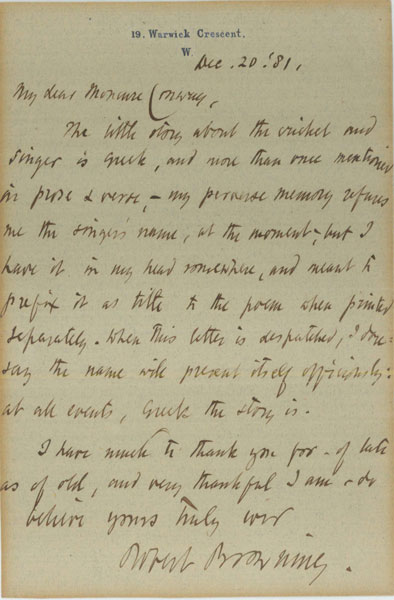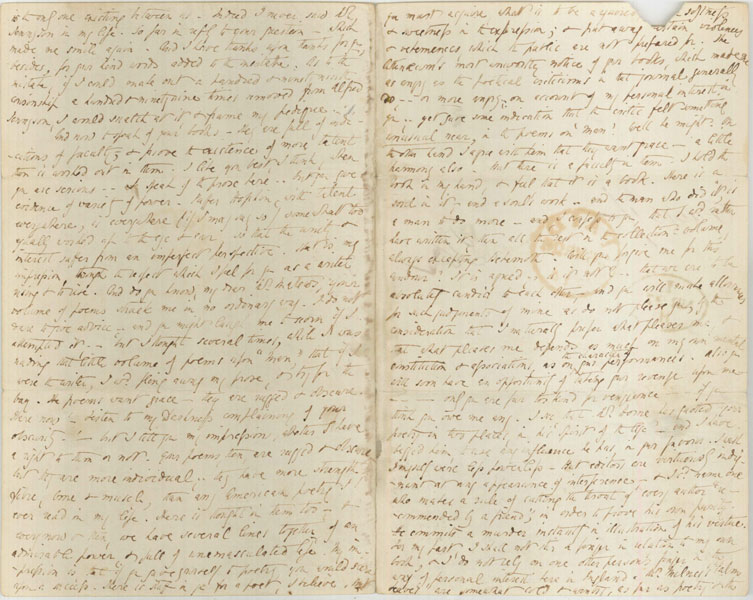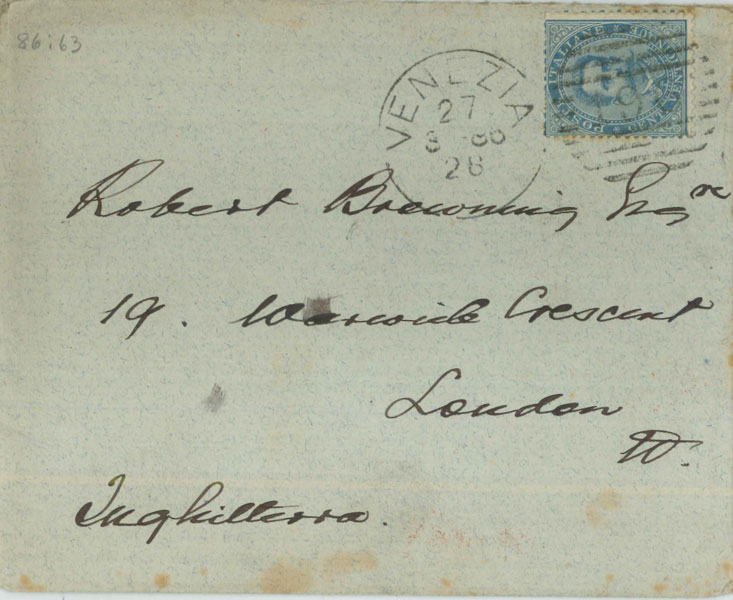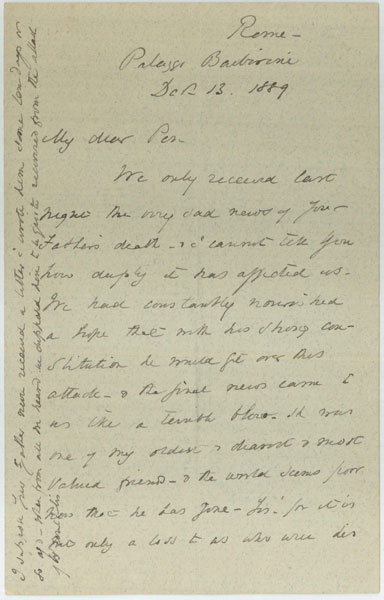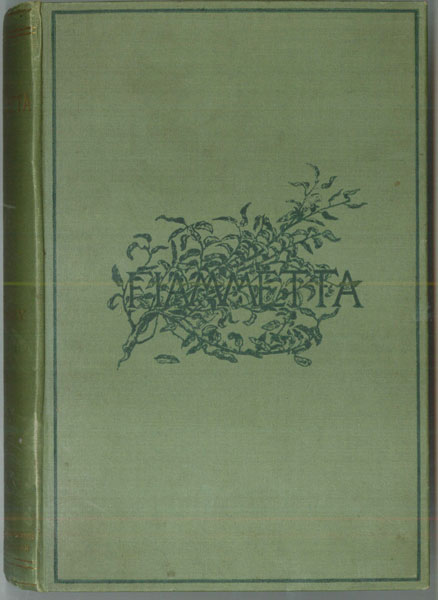During the Armstrong Browning Library’s annual Browning Day celebration on May 7, Pattie Orr, Vice President for Information Technology and Dean of University Libraries, publicly announced the selection of Dr. Joshua King, Associate Professor (effective August 2014) of English at Baylor University, as the next holder of the Margarett Root Brown Chair in Robert Browning and Victorian Studies.

Dean Pattie Orr announces the selection of Dr. Joshua King as holder of the Margarett Root Brown Chair in Robert Browning and Victorian Studies
As Chair, Dr. King will serve as a scholar-in-residence for the Armstrong Browning Library, researching and publishing on materials related to the Library’s holdings and attending and designing scholarly and outreach events to promote the Library’s standing as a world center for Victorian studies.
Since its establishment by the Brown Foundation in 1971, this position has been held by members of the Baylor faculty as well as visiting international scholars. Past Chair holders include Dr. Jack W. Herring (1971-1984), Dr. Roger L. Brooks (1987-1994), Dr. Mairi Rennie (1996-2002), Dr. Stephen Prickett (2003-2008), and Dr. Kirstie Blair (2012). Dr. King will begin his three-year term as Chair this summer (2014) and will be eligible for additional terms thereafter.
In addition to Dean Orr’s announcement, this year’s Browning Day, celebrating Robert Browning’s 202nd birthday, featured music organized by ABL Artist-in-Residence Carlos Colón and performed by Chris Martin, recognition of D.M. Edwards in appreciation of the D.M. Edwards Library Internship Endowed Scholarship Fund, and a presentation on The Browning Letters project. The presentation, given by Darryl Stuhr and Eric Ames from Baylor University, Ian Graham from Wellesley College, and Anna Sander and Fiona Godber from Balliol College, was followed by a reception in the Library’s Seminar Room. Visit the Baylor University Libraries Digital Collections Blog to learn more about the presentation and The Browning Letters project.



